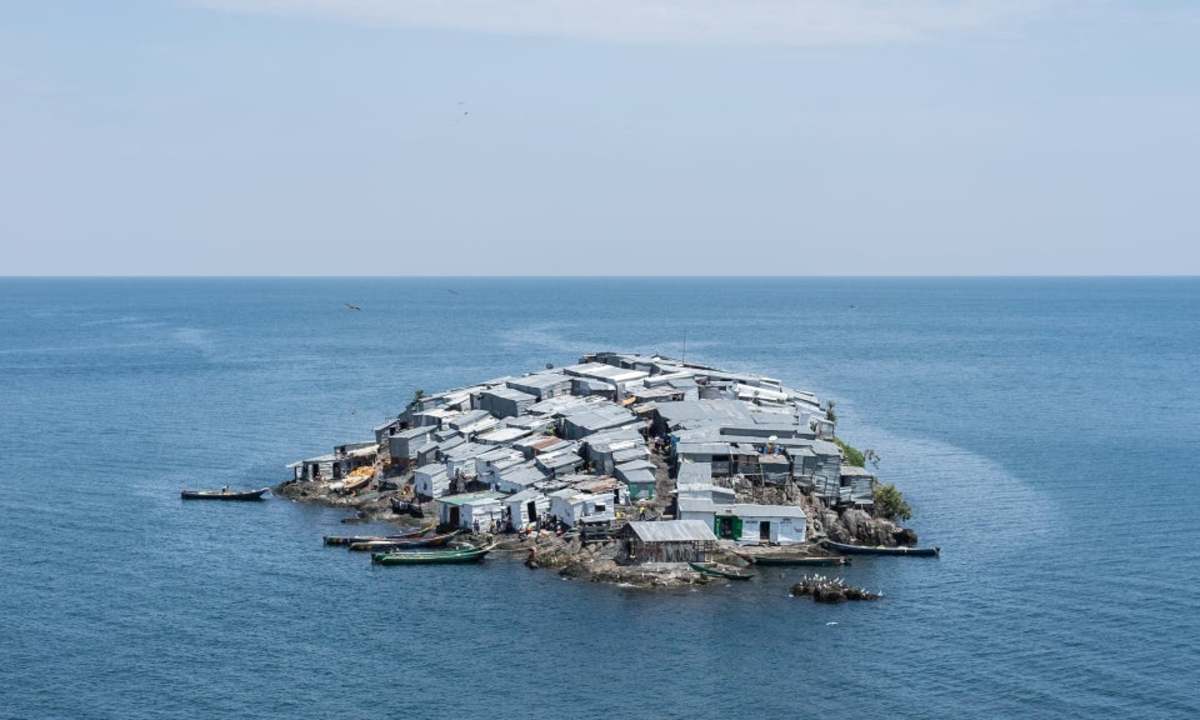We love cryptids here at the Odd Topic Podcast, and avid Podcast listeners will know that it’s most certainly one of our host’s favourite topics to talk about. So, this article will cover just one of many cryptids we’ve gone over on the show; none other than the Ogopogo!
I’ve been wanting to cover sea-monsters and their subsidiaries for a while now, perhaps inspired by my re-read of Kentaro Miura’s brilliant manga “Berserk”, or just my love for sea monsters in general, but instead of jumping into the very well-known legend of the Loch Ness Monster, I wanted to write about its lesser-known “cousin”.
Location & History:
10 000 years ago, melted glaciers atop an unnamed mountain flooded a nearby valley, thus creating the huge and magnificent Lake Okanagan. The lake is situated in British Columbia, the Westernmost province of Canada. Lake Okanagan spans across a whopping 127km, with a maximum depth of 237,3 meters, and an average depth of 93 meters. It is within these cold, murky depths, that the creature of this tale is believed to reside.

The Ogopogo is believed to be a 40-50m long serpentine creature – not dissimilar from our friend Nessie, though is less likened to that of a plesiosaur, and rather to that of a snake-like reptile, similar to a Chinese-style dragon in a way. With sightings as recent as 2019, the Ogopogo is far from being a forgotten, mythical cryptid, and is very much alive in the local’s collective thoughts.
Origins:
The legend of the Ogopogo is believed to have come from the natives in the area, who had different takes on what the lake monster could be, and not quite the modern interpretation of a “giant water serpent”. The natives, known as the “Okanagan People” (the name-sakes of the area), are a group of Native Americans who settled in the region many years before it became colonized by settlers. They are also now referred to as the Syilx people (pronounced “sah-lish”) and believed in a legendary monster of the lake known as the Naitaka, which has been adapted into the Ogopogo over time.
According to the natives, the Naitaka is believed to be an evil and powerful supernatural entity who only has ill intent. Its name has many direct translations from the local tongue, namely the likes of “water demon”, “water god” or “sacred creature of the water”. The Syilx natives would often sacrifice small animals to the lake to appease the Naitaka to avoid its fury.
One of the better-known folklore stories about the Naitaka is that in years far gone, a visiting Chief, known as Chief Timbasket, ridiculed the legend of the Naitaka, refuted its existence, and did not offer a sacrifice to the lake. This went about as well as you’d expect, and after canoeing out to the lake with his family, Chief Timbasket was drowned due to the large tail of the Naitaka whipping up the surface of the lake and causing a whirlpool.
Many years later, in 1855, one of the early settlers named John MacDougal had a similar claim, stating that his horses were sucked into the depths while attempting to wade through the waters.
How the name “Ogopo came to be:
As mentioned before, “Ogopogo” is the modern name given to this serpentine creature, which is also believed to be the Naitaka of legend. So, you might be wondering how the name “Ogopogo” come to be. Well it’s a fairly ridiculous tale, and it’s actually not really well documented, but apparently one night in 1924, a song was sung in an English music hall in the city of Vernon – also in British Columbia, which was about a strange creature, and the name of the creature was seemingly transferred over to the monster in the lake by people in the area, who just started to refer to this legendary monster by the name of the monster in the song.
Not too many details of the song are known, but the lyrics are cited as being:
His mother was an earwig,
His father was a whale,
A little bit of head,
And hardly any tail,
And Ogopogo was his name
So as you can see, the lyrics don’t have much to do with the lake monster itself.
The name “Ogopogo” has also led to some funny derivatives, like the Ogopogo’s pet name being “Oggy”, and small creatures of the lake being referred to as “Ogopups”.
Sightings:
There have been numerous sightings throughout the years, however not many are all that convincing. As is the case with most sea or lake monsters, they can be rationalized away with fairly simple explanations. Such explanations being floating debris, waterfowl, or local otters swimming in pairs, which from a distance apparently somehow creates ripples like that of a sea-serpent.
Some more interesting sightings are those of what appear to be serpent-like waves moving over the glassy still lake, and I’ll admit, some of the videos of this do look quite eerie. If you’re interested in seeing some of these for yourself, you will find a few on YouTube.

Conclusion:
It’s rather unique to see the transformation of how the mythical Native American “Naitaka” became the local legend it is today. It seems that the Ogopogo has drifted across the various stages of legend – from “Water God” to “Creature in the Lake” and now to more of a tourist attraction than anything else.
With a combination of a lack of evidence, no real sightings other than lake ripples, and well… rational thought, I think it’s safe to say the Ogopogo is more of an interesting folklore tale than an actual creature living in the Okanagan Lake.




